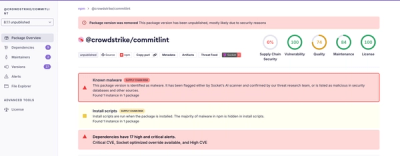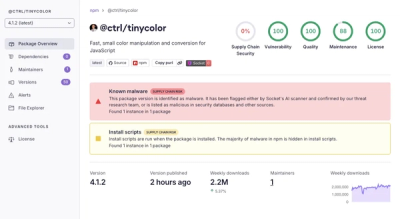sap-cf-axios
Warning
This library is not an official SAP library, it is created by Flexso and free to use in your projects.
In case of any issues please create a github issue.
A library that creates an axios instance for destinations in SAP cloud foundry.
You can address destinations pointing to Internet and onPremise systems. The library will handle the authentication and proxy configuration.
If you want to connect with the current user (e.g. with principal propagation) just send the JWT token to the destination in the authorization header.
Installation
using npm:
$ npm install -s sap-cf-axios
Example
None, Basic or Oauth2ClientCredentials Authentication
The most simple example with a destination pointing to a service where we connect with fixed credentials.
We do not need to send the current user with the request.
const SapCfAxios = require('sap-cf-axios').default;
const axios = SapCfAxios("<destinationName>");
axios({
method: 'POST',
url: '/BookSet',
data: {
title: "Using Axios in SAP Cloud Foundry",
author: "Joachim Van Praet"
},
headers: {
"content-type": "application/json"
}
});
OAuth2SAMLDearerAssertion, OAuth2UserTokenExchange and Principal Propagation
For connecting to a destination as the current user, we send the current JWT token in the authorization header of the request.
const SapCfAxios = require('sap-cf-axios').default;
const axios = SapCfAxios("<destinationName>");
var authorization = req.headers.authorization;
const response = await axios({
method: 'GET',
url: '/iwfnd/catalogservice/',
params: {
"$format": 'json'
},
headers: {
"content-type": "application/json",
authorization
}
});
NOTE: The JWT Token sent to the backend does not contain the properties name, login_name or mail. If you use principal propagation in the cloud connector you have to use ${email} or ${user_name} in the client certificate template
Handle X-CSRF-Token
To handle a POST request to for example CPI you can just set the name of the CSRF-Token header and the library will first do an OPTIONS call to the same URL to fetch the token and will add it to the request.
const SapCfAxios = require('sap-cf-axios').default;
const cpi = SapCfAxios("cpi_destination_name");
var authorization = req.headers.authorization;
const response = await cpi({
method: 'POST',
url: '/Bookset',
headers: {
"content-type": "application/json"
},
data: {
title: "Using Axios in SAP Cloud Foundry",
author: "Joachim Van Praet"
}
xsrfHeaderName: "x-csrf-token",
data: {vatNumber},
});
If you want to use another method or url for fetching the X-CSRF-Token.
You can add this configuration as a third parameter to the constructor.
const SapCfAxios = require('sap-cf-axios').default;
const cpi = SapCfAxios( "cpi_destination_name", null, {method: 'get', url:'/'});
var authorization = req.headers.authorization;
const response = await cpi({
method: 'POST',
url: '/Bookset',
headers: {
"content-type": "application/json"
},
data: {
title: "Using Axios in SAP Cloud Foundry",
author: "Joachim Van Praet"
}
xsrfHeaderName: "x-csrf-token",
data: {vatNumber},
});



